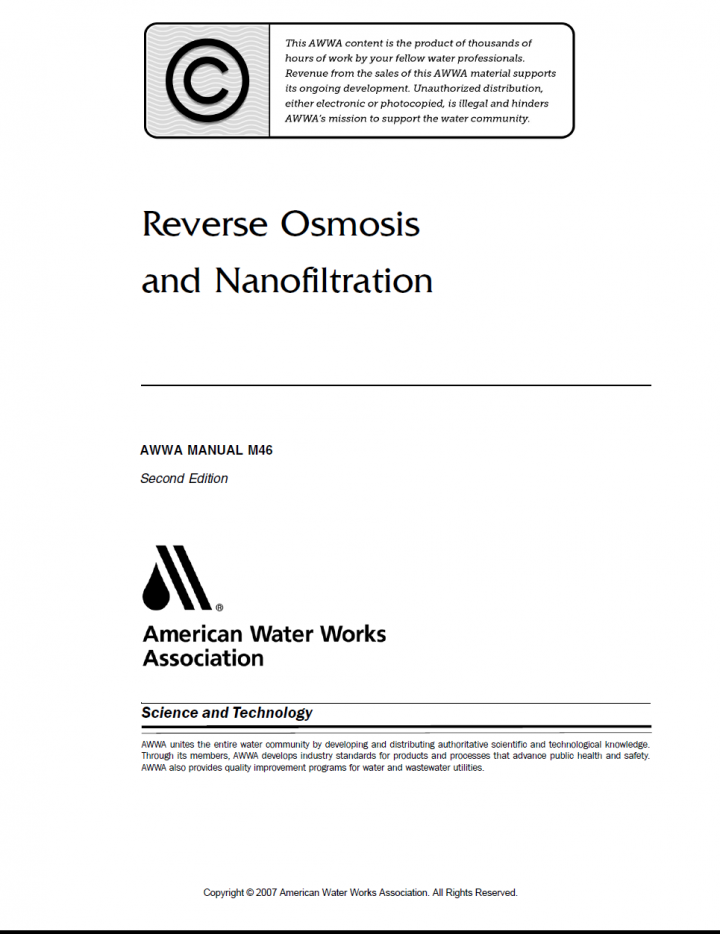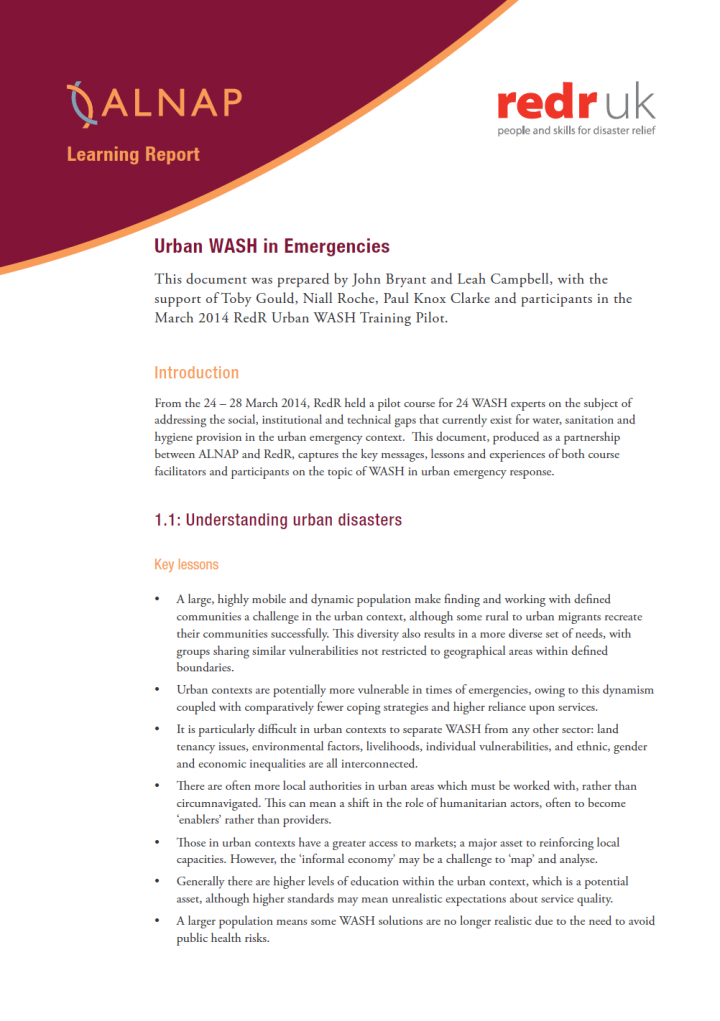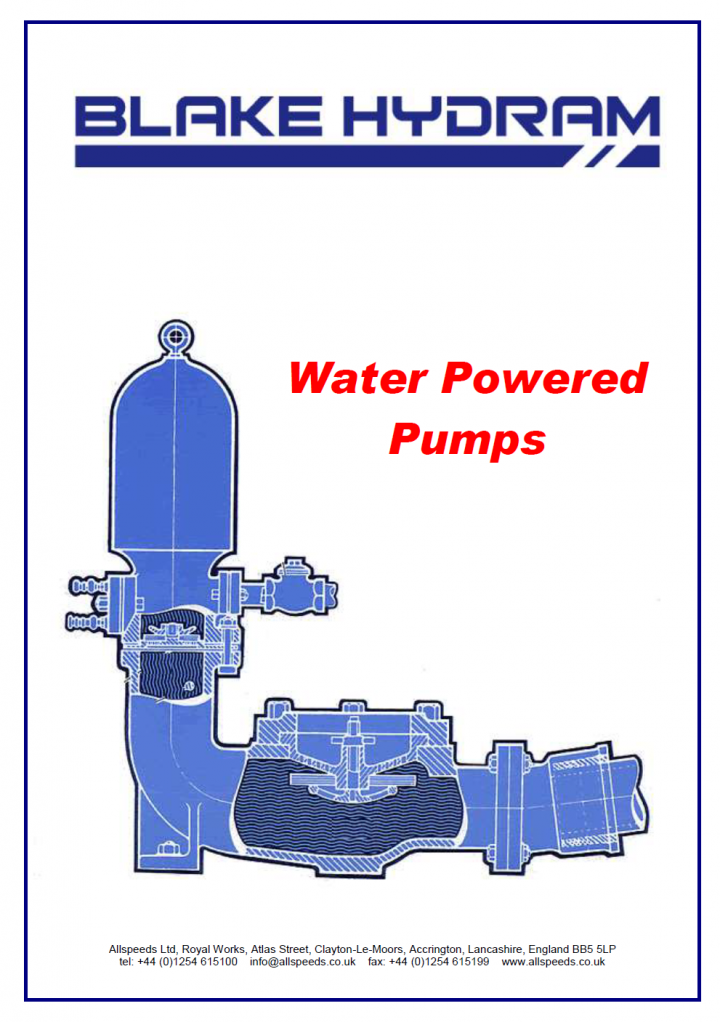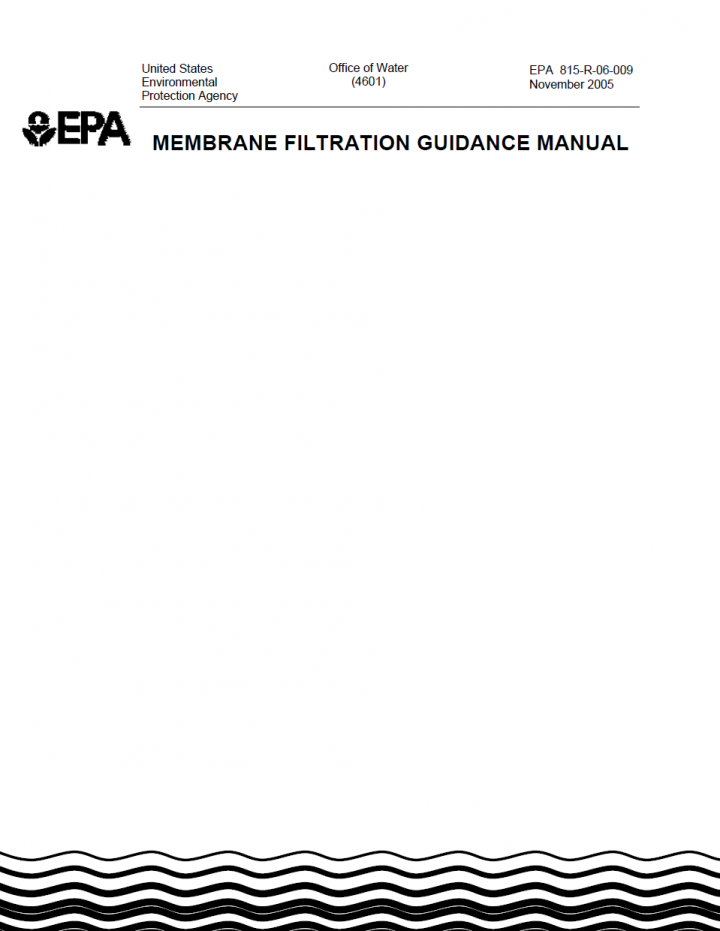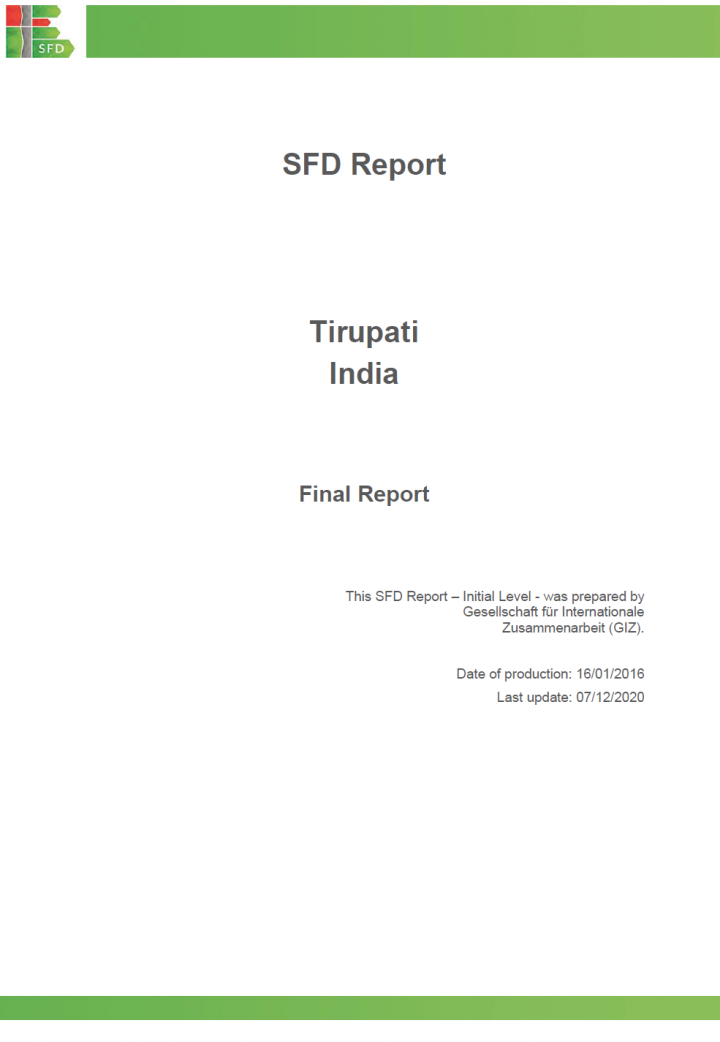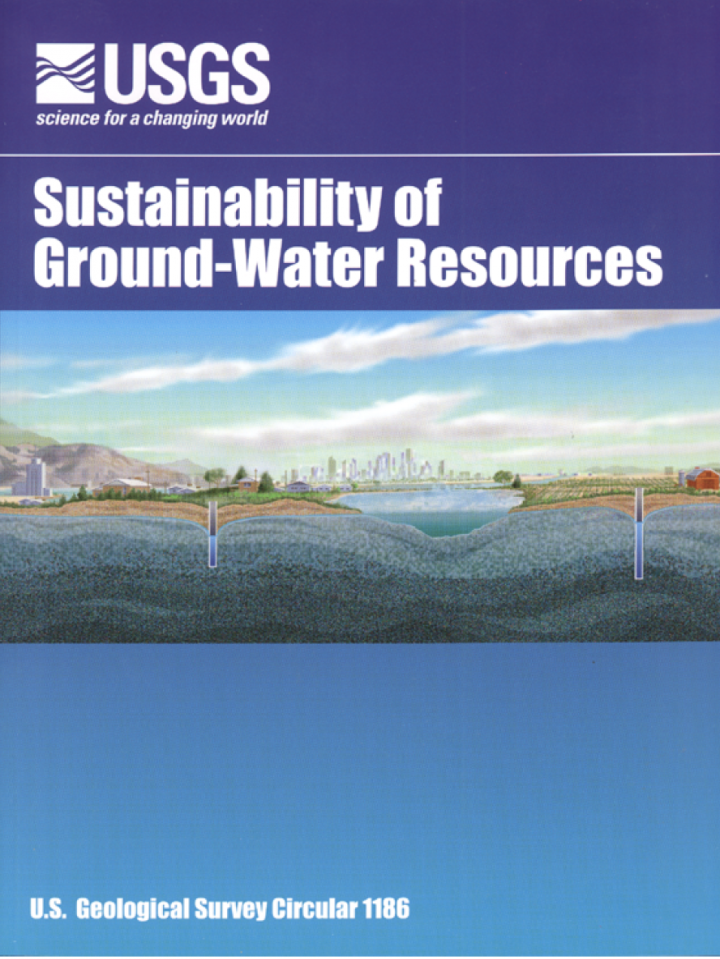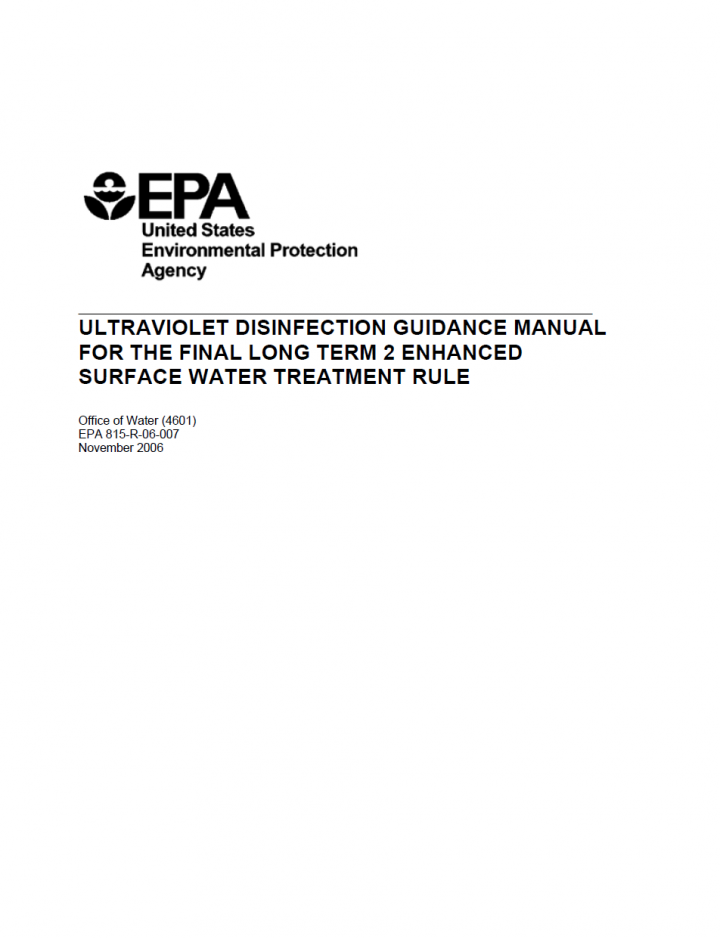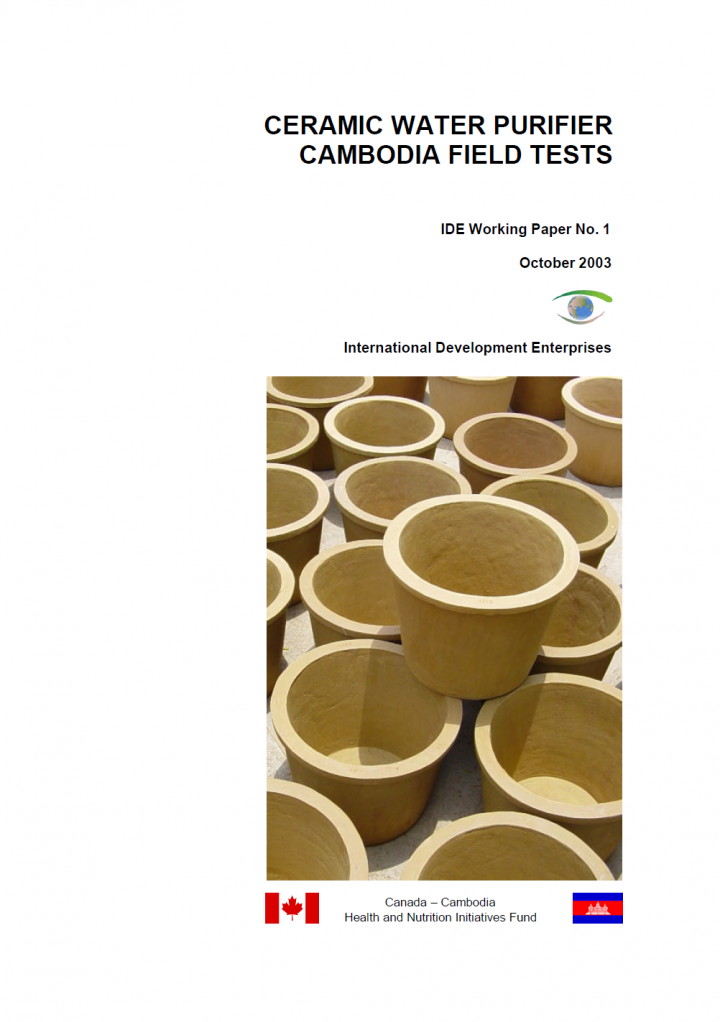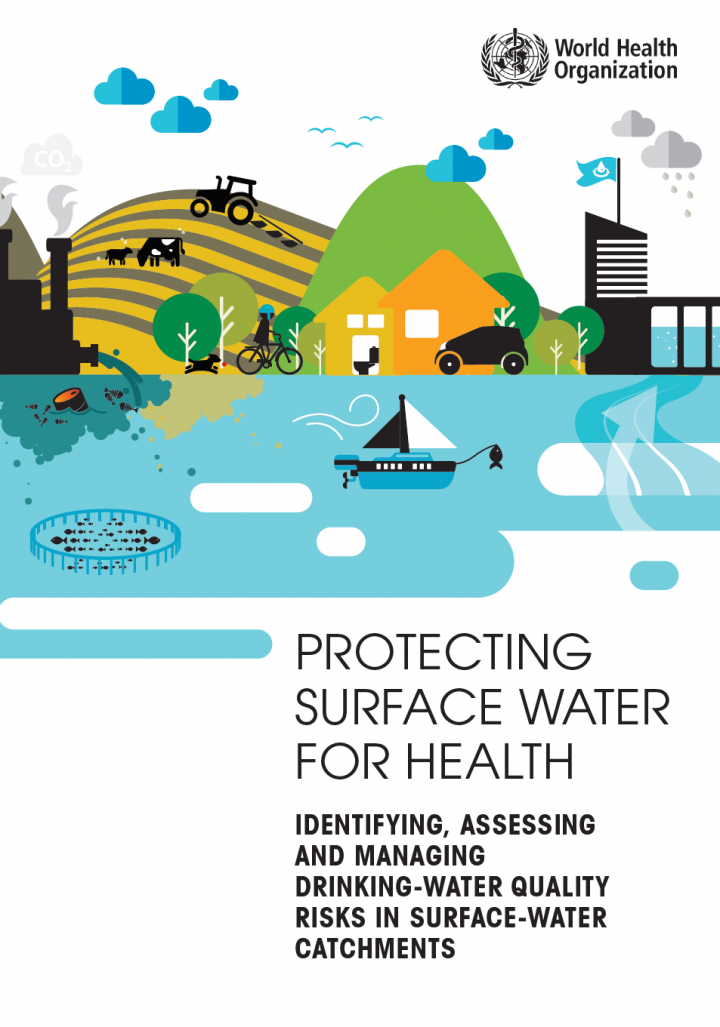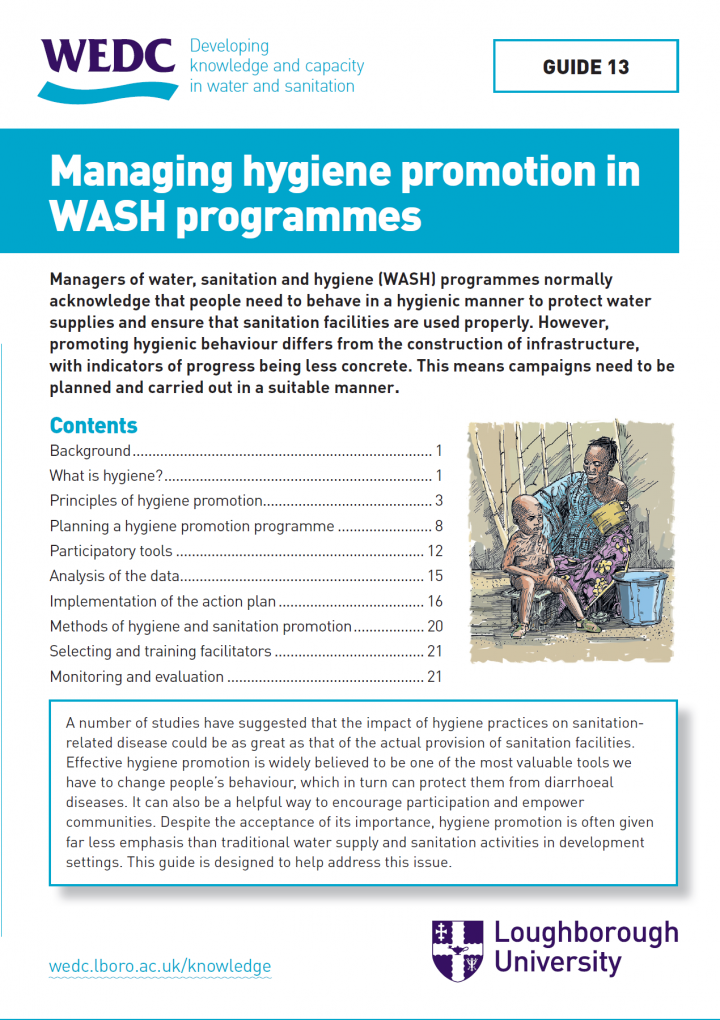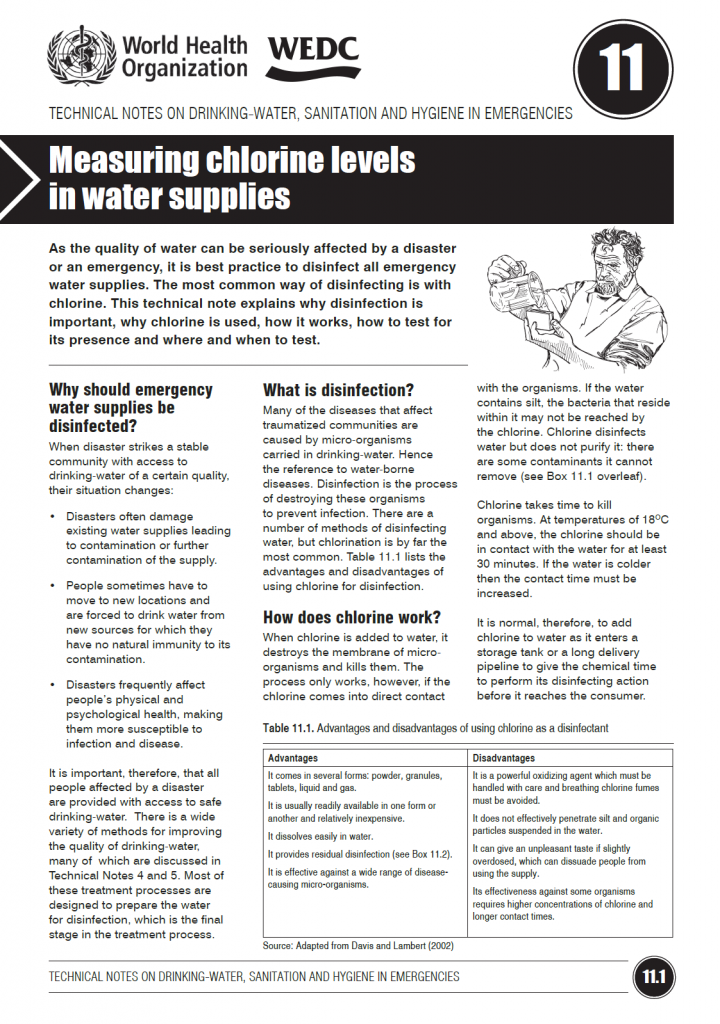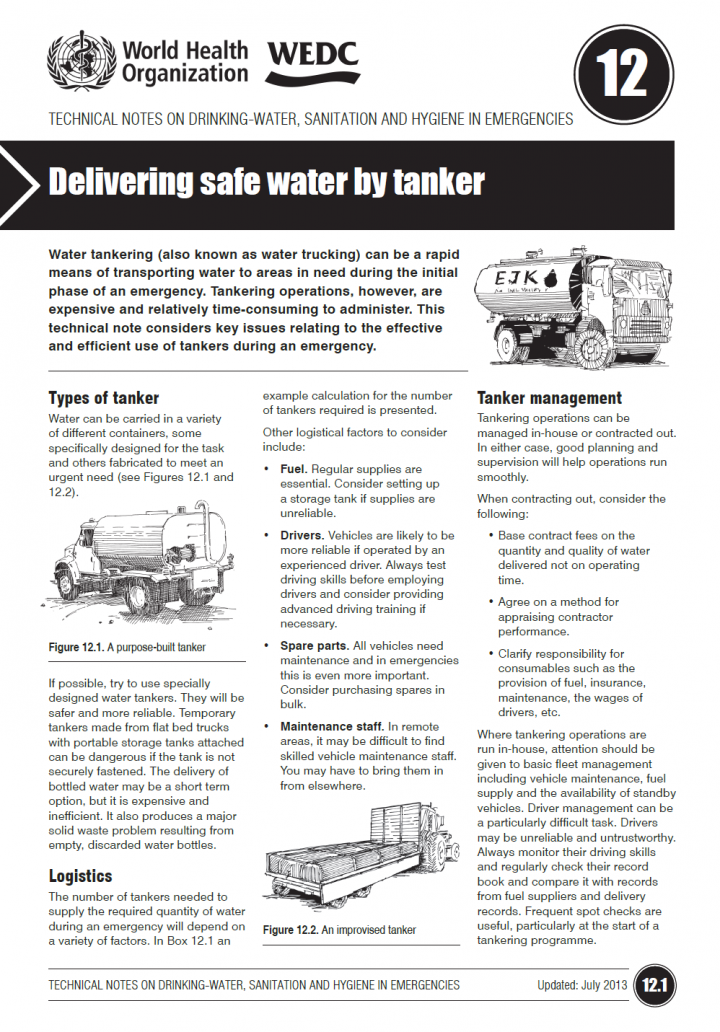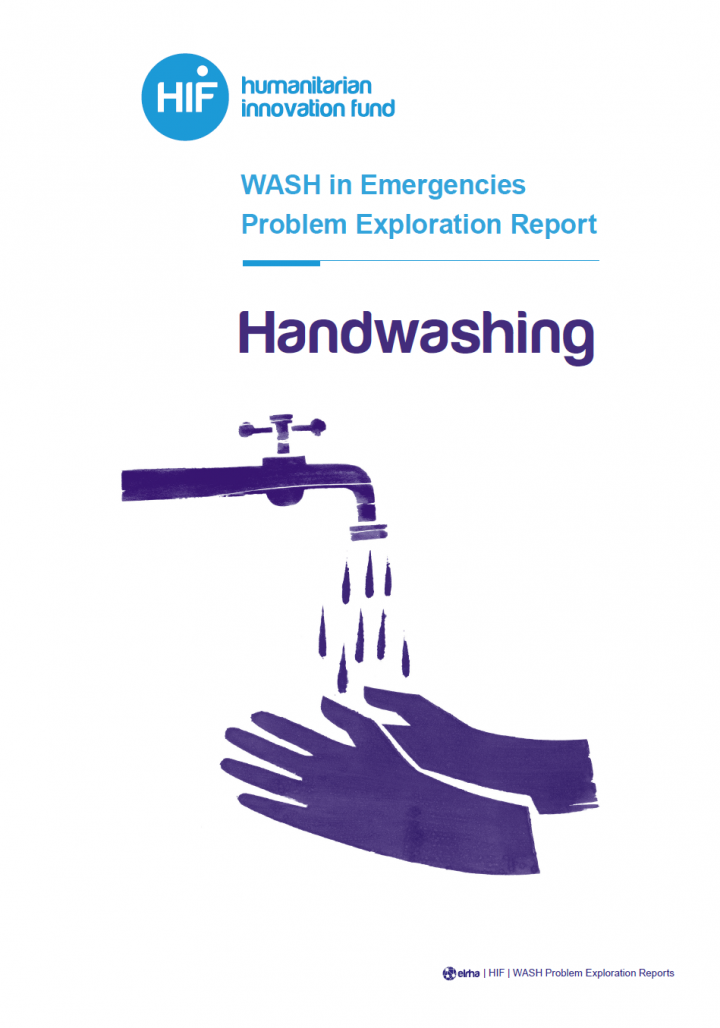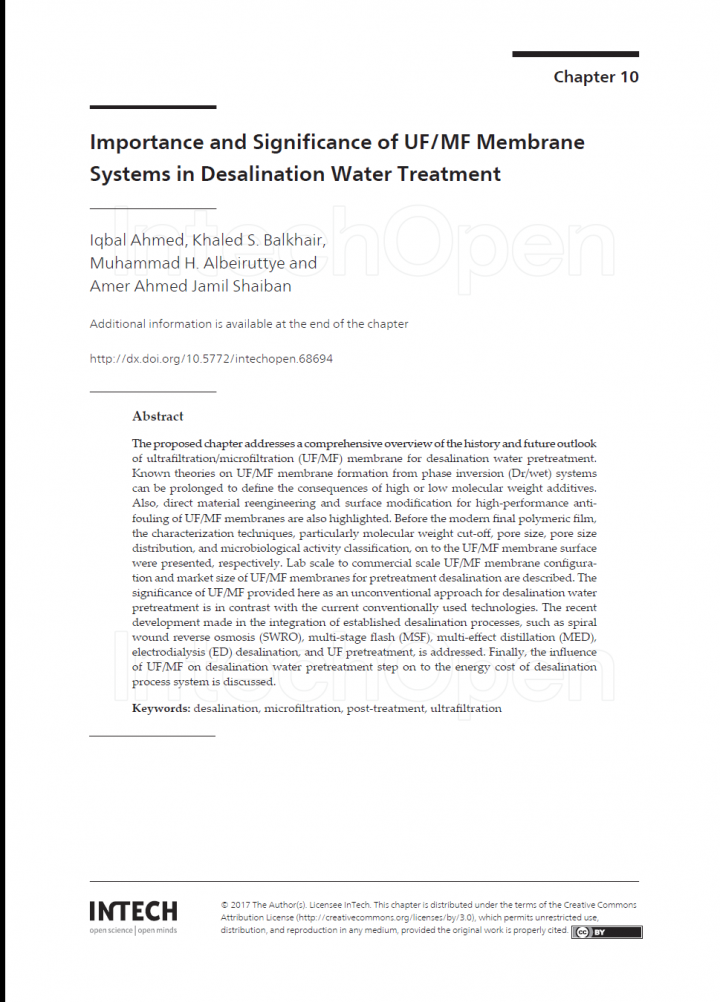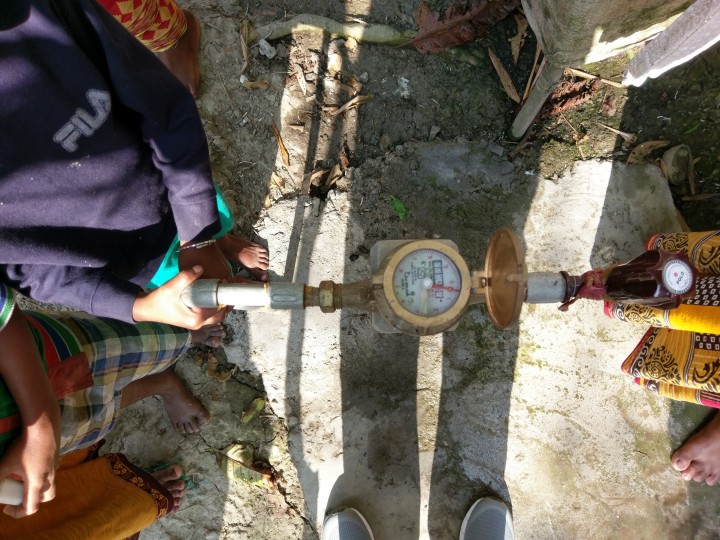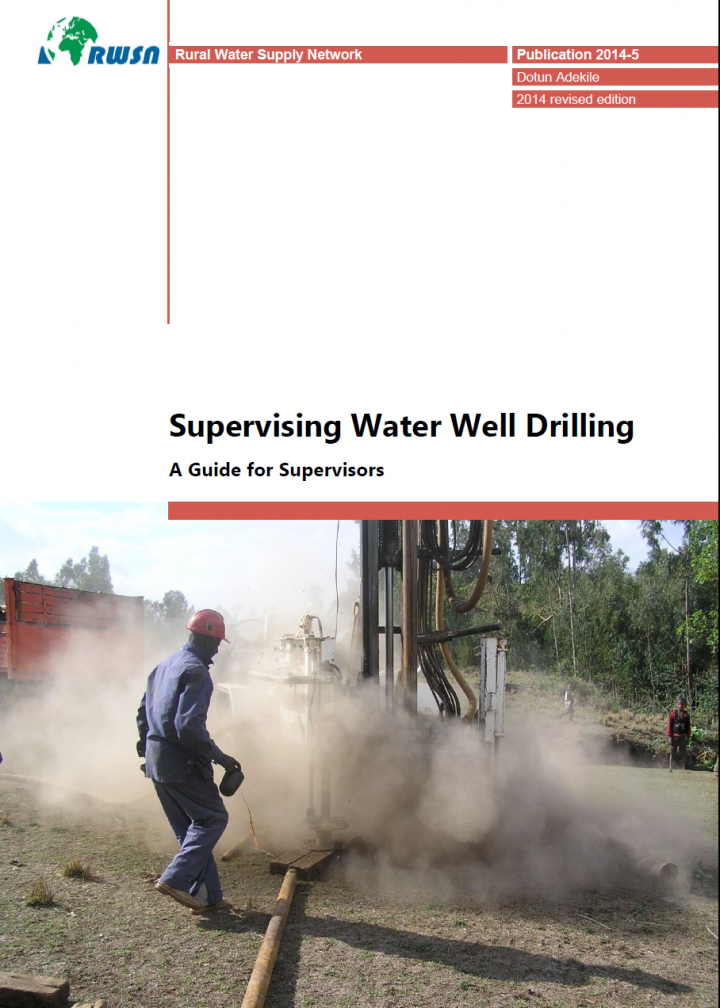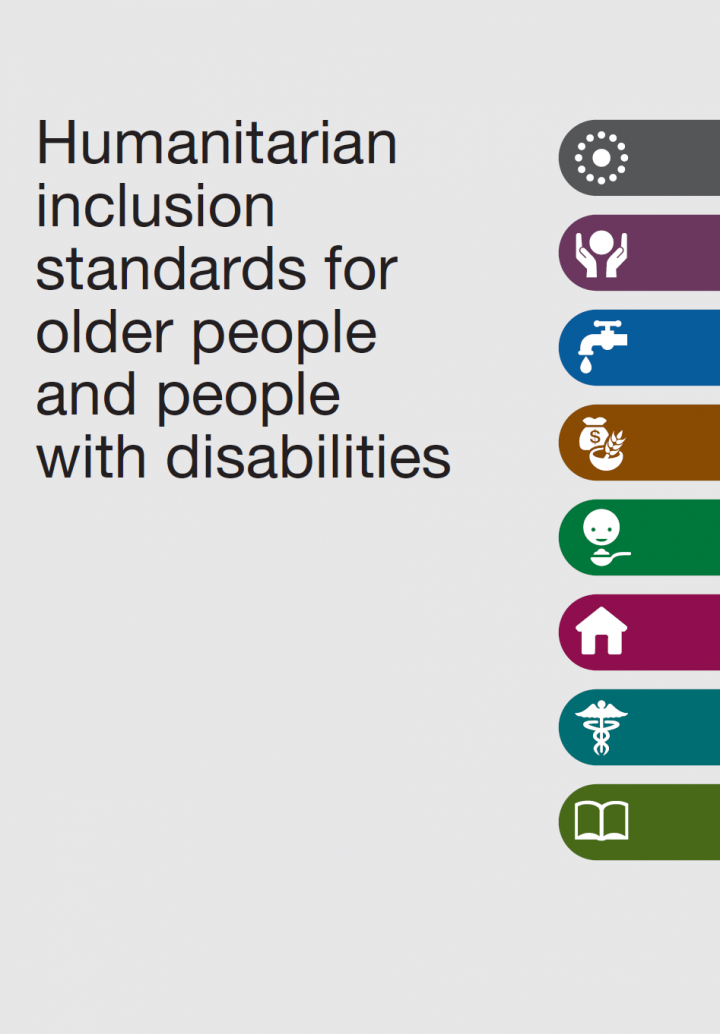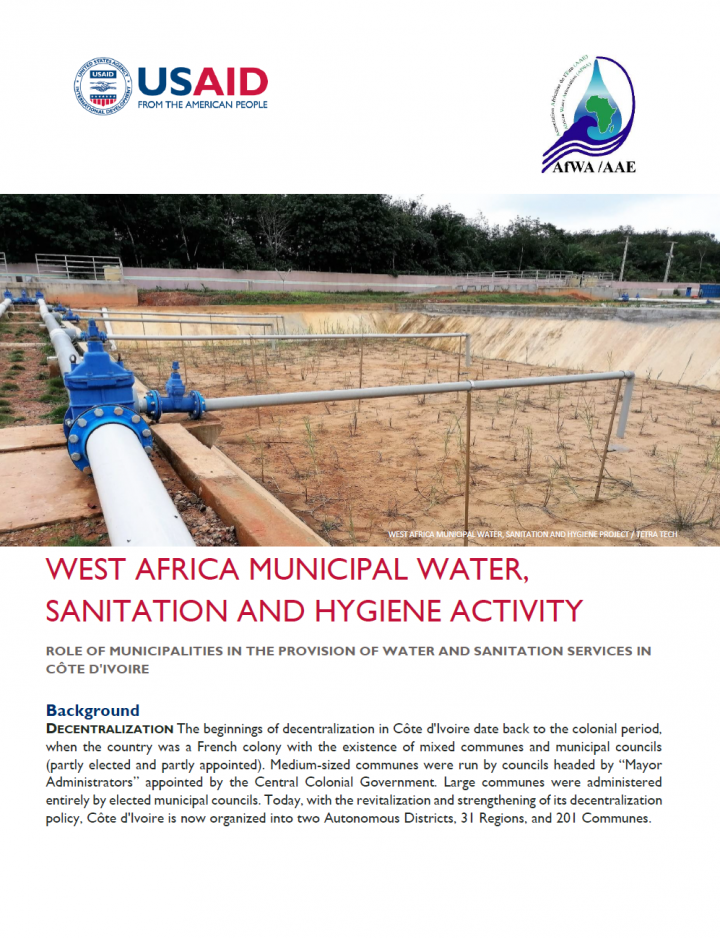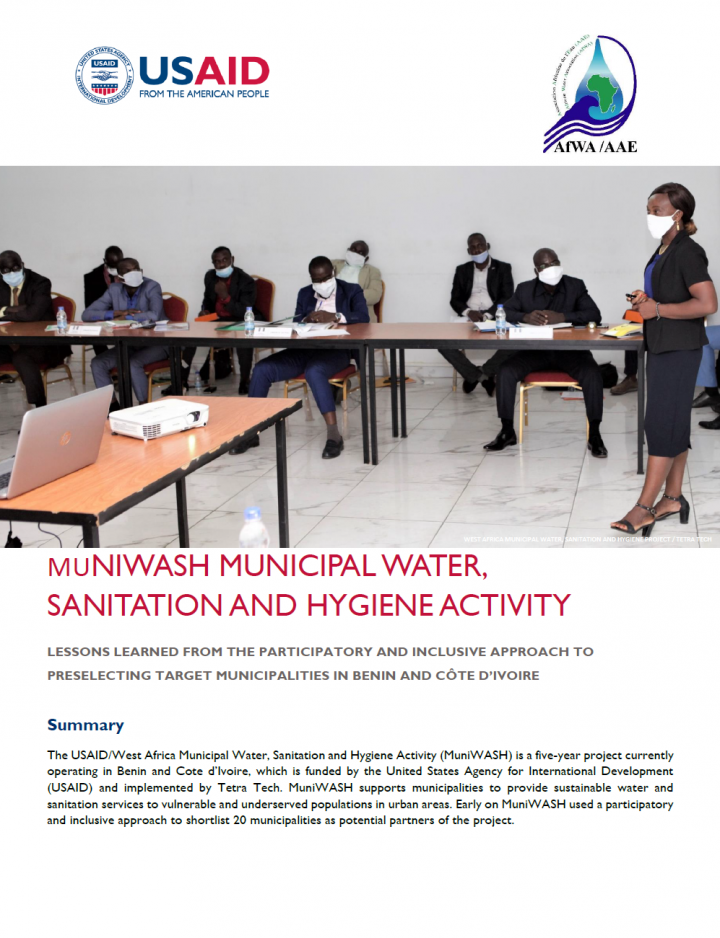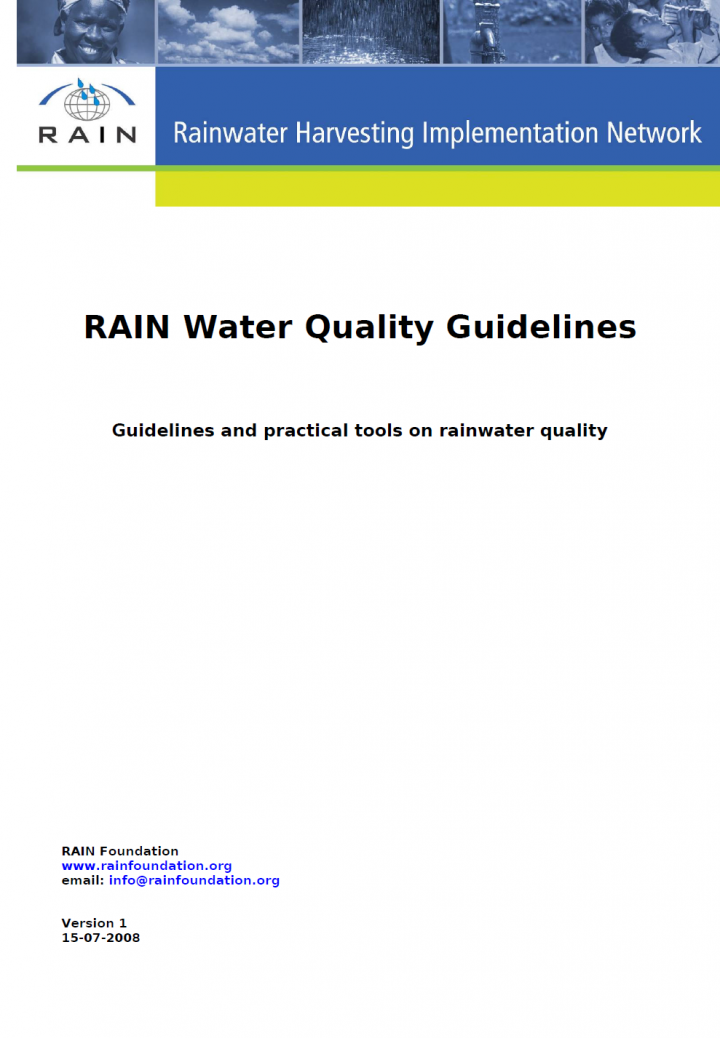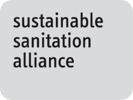American Water Works Association (2007) Reverse Osmosis and Nanofiltration AWWA MANUAL M46
This publication provides a general introduction to the reverse osmosis (RO) and nanofiltration (NF) membrane treatment processes. The subjects addressed in this chapter should serve as the basic foundation for a broader understanding of RO and NF processes as applied to potable water, industrial process water, tertiary wastewater, and reclaimed water treatment, and include a general overview of the technology (i.e., types of processes, history […]
ALNAP (2014) Urban WASH in Emergencies
From the 24 – 28 March 2014, RedR held a pilot course for 24 WASH experts on the subject of addressing the social, institutional and technical gaps that currently exist for water, sanitation and hygiene provision in the urban emergency context. This document, produced as a partnership between ALNAP and RedR, captures the key messages, lessons and experiences of both course facilitators and participants on […]
Allspeeds Ltd (2021) Blake Hydram Water Powered Pumps
The modern Hydram uses a very old principle of physics in a simple but effective way to move water from a stream or river to places where it is most needed. Where there is suitable clean water available, it can provide supplies to remote houses or communities, allow irrigation of inaccessible areas and maintain feed water for stock in areas at a distance from water […]
Allgeier, S. (2005) Membrane Filtration Guidance Manual
The purpose of this guidance manual is to provide technical information on the use of membrane filtration and application of the technology for compliance with the Long Term 2 Enhanced Surface Water Treatment Rule, which would require certain systems to provide additional treatment for Cryptosporidium. The requirements of this rule, as they relate to membrane filtration, are summarized in Chapter 1 of this manual. This […]
Roeder, L. (2016) SFD Report -Tirupati, India
Tirupati is situated in Chittoor district in the southern of the state of Andhra Pradesh. The town is administered by the Municipal Corporation of Tirupati (MCT) and is divided into 36 wards. The city covers an area of about 27 km2 with a total population of just under 375,000 (Census, 2011; GIZ, 2014). The current decadal growth rate lies at 26 %, which results in a […]
Alley, W. M., Reilly, T.E., Franke, O.L. (1999) Sustainability of Ground-Water Resources U.S. Geological Survey Circular 1186
Ground water is one of the Nation’s most important natural resources. It provides about 40 percent of the Nation’s public water supply. In addition, more than 40 million people, including most of the rural population, supply their own drinking water from domestic wells. As a result, ground water is an important source of drinking water in every State. Ground water is also the source of […]
EPA (2006) Ultraviolet Disinfection Guidance Manual for the Final Long Term 2 Enhanced Surface Water Treatment Rule
Interest in using ultraviolet (UV) light to disinfect drinking water is growing among public water systems (PWSs) due to its ability to inactivate pathogenic microorganisms without forming regulated disinfection byproducts (DBPs). UV light has proven effective against some pathogens, such as Cryptosporidium, that are resistant to commonly used disinfectants like chlorine. The United States Environmental Protection Agency (EPA) developed the Long Term 2 Enhanced Surface […]
Roberts, M. (2003) Ceramic Water Purifier Cambodia Field Tests IDE Working Paper No. 1
This report summarizes results from a year-long pilot project in Cambodia to test the Ceramic Water Purifier, a low-cost household water treatment technology that removes microbiological contamination at the point of use. The pilot project was conducted by International Development Enterprises (IDE) with financial assistance from the Health and Nutrition Initiatives Fund supported by the Canadian International Development Agency (CIDA). The Ceramic Water Purifier (CWP) consists […]
WHO (2016) Protecting Surface Water for Health Identifying, Assessing and Managing Drinking-Water Quality Risks in Surface-Water Catchments
Safe drinking-water is essential to sustain life – it is the basis for human health, survival, growth and development. Therefore, access to safe drinking-water is a basic human right. Recognition of this right contributes to the survival of human beings and disease prevention, because water is used not only for drinking, but also for many other purposes such as hygiene, food production, agriculture, cooking and […]
Reed, B., Bevan, J. (2014) Managing hygiene promotion in WASH programmes
Managers of water, sanitation and hygiene (WASH) programmes normally acknowledge that people need to behave in a hygienic manner to protect water supplies and ensure that sanitation facilities are used properly. However, promoting hygienic behaviour differs from the construction of infrastructure, with indicators of progress being less concrete. This means campaigns need to be planned and carried out in a suitable manner. A number of studies […]
Reed, B. (2013) Measuring chlorine levels in water supplies Technical Notes on Drinking-Water, Sanitation and Hygiene in Emergencies
As the quality of water can be seriously affected by a disaster or an emergency, it is best practice to disinfect all emergency water supplies. The most common way of disinfecting is with chlorine. This technical note explains why disinfection is important, why chlorine is used, how it works, how to test for its presence and where and when to test.
Reed, B. (2013) Delivering safe water by tanker Technical Notes on Drinking-Water, Sanitation and Hygiene in Emergencies Delivering Safe Water By Tanker
Water tankering (also known as water trucking) can be a rapid means of transporting water to areas in need during the initial phase of an emergency. Tankering operations, however, are expensive and relatively time-consuming to administer. This technical note considers key issues relating to the effective and efficient use of tankers during an emergency.
Ramos, M., Benelli, P., Irvine, E. and Watson, J. (2016) ‘Handwashing’ - WASH in Emergencies HIF Problem Exploration Report
The promotion and uptake of effective handwashing practices are critical in ensuring the health of populations affected by emergencies and humanitarian crises. Along with general public health benefits, handwashing can reduce the risk of diarrhoeal disease by up to 50% (Curtis and Cairncross, 2003; Fewtrell et al., 2005; Luby et al., 2005). Handwashing with soap is recognised as an easy, effective and affordable method to […]
Ahmed I., Balkhair K.S., Albeiruttye M. H., Shaiban, A. (2017) Importance and Significance of UF/MF Membrane Systems in Desalination Water Treatment
The proposed chapter addresses a comprehensive overview of the history and future outlook of ultrafiltration/microfiltration (UF/MF) membrane for desalination water pretreatment. Known theories on UF/MF membrane formation from phase inversion (Dr/wet) systems can be prolonged to define the consequences of high or low molecular weight additives. Also, direct material reengineering and surface modification for high-performance anti-fouling of UF/MF membranes are also highlighted. Before the modern […]
Jacob, N. (2021) Synthesis Document Thematic Discussion on Expertise and resources needed for inclusive and lasting water and sanitation
Panchayats have been assigned the responsibility for executing rural water and sanitation. To do this successfully as equal partners with the government and engineers, they need a lot of support over the long term. The government and NGOs who will support them have important roles to play to ensure quality water and sanitation services are provided in the long term in an an equitable manner.
Adekile, D. (2014) Supervising Water Well Drilling A guide for supervisors
Good supervision of water well drilling is essential for the provision of long-lasting water wells. This guidance note assists geologists and engineers in charge of the supervision of borehole construction as well as project managers. It can be used to prepare for training, and as a manual. This guide details the responsibilities of the drilling supervisor at the different stages of borehole construction. It explains the […]
ADCAP (2018) Humanitarian inclusion standards for older people and people with disabilities
Globally, around 15 per cent of the population are living with some kind of disability. An estimated 13 per cent of people worldwide are over the age of 60. More than 46 per cent of those who are over the age of 60 have a disability. Humanitarian principles require that humanitarian assistance and protection are provided on the basis of need, without discrimination. […]
USAID, AAE (2021) West Africa Municipal Water, Sanitation and Hygiene Activity (in English and French) Role of municipalities in the provision of water and sanitation services in Côte d'ivoire
DECENTRALIZATION The beginnings of decentralization in Côte d'Ivoire date back to the colonial period, when the country was a French colony with the existence of mixed communes and municipal councils (partly elected and partly appointed). Medium-sized communes were run by councils headed by “Mayor Administrators” appointed by the Central Colonial Government. Large communes were administered entirely by elected municipal councils. Today, with the revitalization and […]
USAID, AAE (2021) MuniWASH - Lessons learned from the participatory and inclusive approach to preselecting target municipalities in Benin and Côte d’ivoire (in English and French)
The USAID/West Africa Municipal Water, Sanitation and Hygiene Activity (MuniWASH) is a five-year project currently operating in Benin and Cote d’Ivoire, which is funded by the United States Agency for International Development (USAID) and implemented by Tetra Tech. MuniWASH supports municipalities to provide sustainable water and sanitation services to vulnerable and underserved populations in urban areas. Early on MuniWASH used a participatory and inclusive approach […]
RAIN Foundation (2008) RAIN Water Quality Guidelines Guidelines and practical tools on rainwater quality
This document will address RAINs guidelines towards water quality and will give practical guidelines to improve and maintain an acceptable water quality of harvested rainwater for drinking purpose. It will describe criteria for water quality of harvested rainwater, placed within the socio-economic and geographical context of RAINs target countries. The most practical approach of improving and maintaining the quality of harvested rainwater in rural water […]
